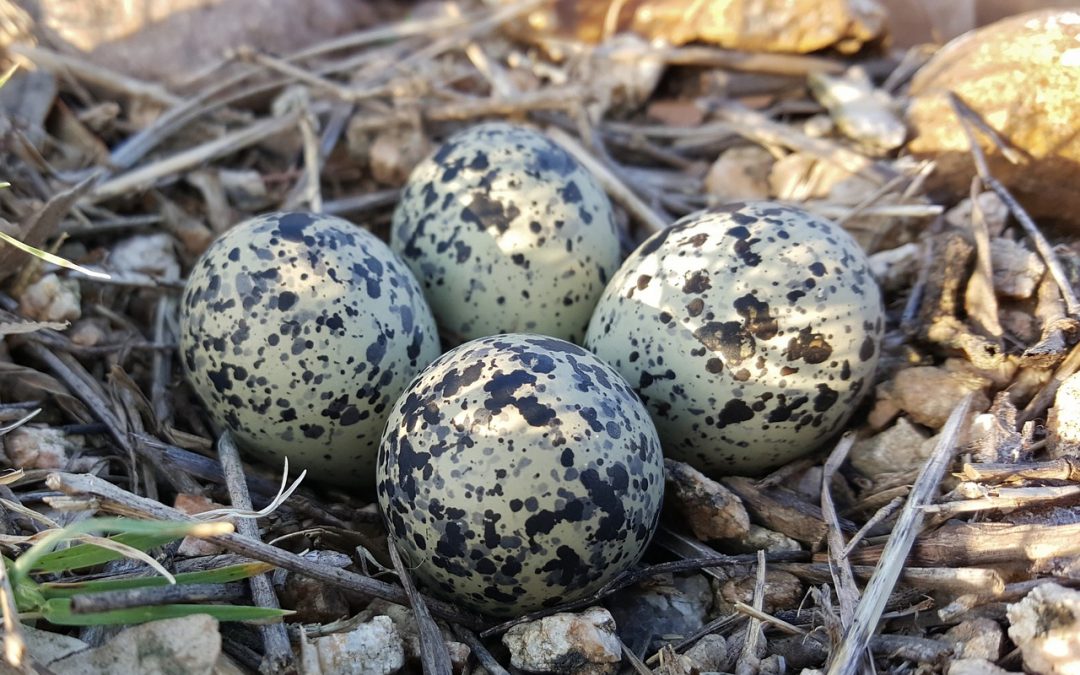Birds are an incredibly diverse animal group. This is reflected in the large differences between some of the species with regards to their breeding biology, as you can see in this short list of facts about bird eggs.
Largest egg — laid by the Ostrich, it measures 7 X 4.5 inches (17.8 cm X 14 cm).
Largest egg laid by a passerine (songbird) — the Australian Lyrebirds lay eggs that are 2 ounces (57 g).
Largest egg laid relative to body weight – the Little Spotted Kiwi lays eggs that are 26% of their body weight.
Smallest egg laid relative to body weight – Ostrich eggs are a mere 1.5% of their body weight.
Smallest egg — the West Indian Vervain Hummingbird lays eggs that are only 0.39 inches (10.9 mm) in length and weigh 0.0132 ounces (0.375 g ).
Roundest eggs – those laid by Owls and Tinamous.
Longest interval between eggs laid – the Maleo lays eggs at 1,012 day intervals.
Largest clutch laid by a nidicolous species – 19 eggs, laid by the European Blue Tit.
Largest clutch laid by a nidifugous species — 28 eggs, laid by the Bobwhite Quail.
Largest average clutch size – the Gray Partridge, with 15-19 eggs.
Smallest clutch size – Albatrosses, who lay 1 egg every 2 years.
Greatest number of eggs laid consecutively — 146 by a Mallard.
Longest uninterrupted incubation period – the Emperor Penguin, at 64-67 days.
Longest interrupted incubation period – the Wandering Albatross and Brown Kiwi, at 85 days.
Longest incubation period by a passerine (songbird) species — 50 days, for the Australian Lyrebird.
Shortest incubation period — 11 days by small passerines (songbirds).
Source of these facts: The Bird Almanac, by Dr. David M. Bird

